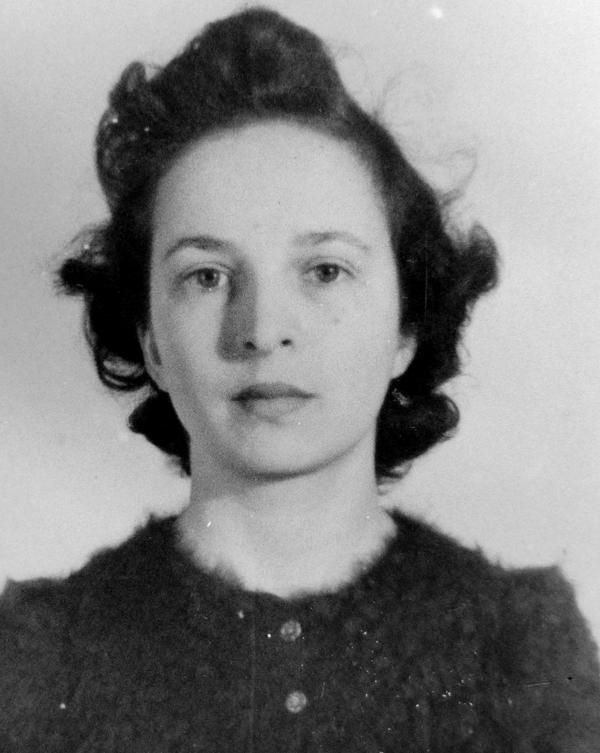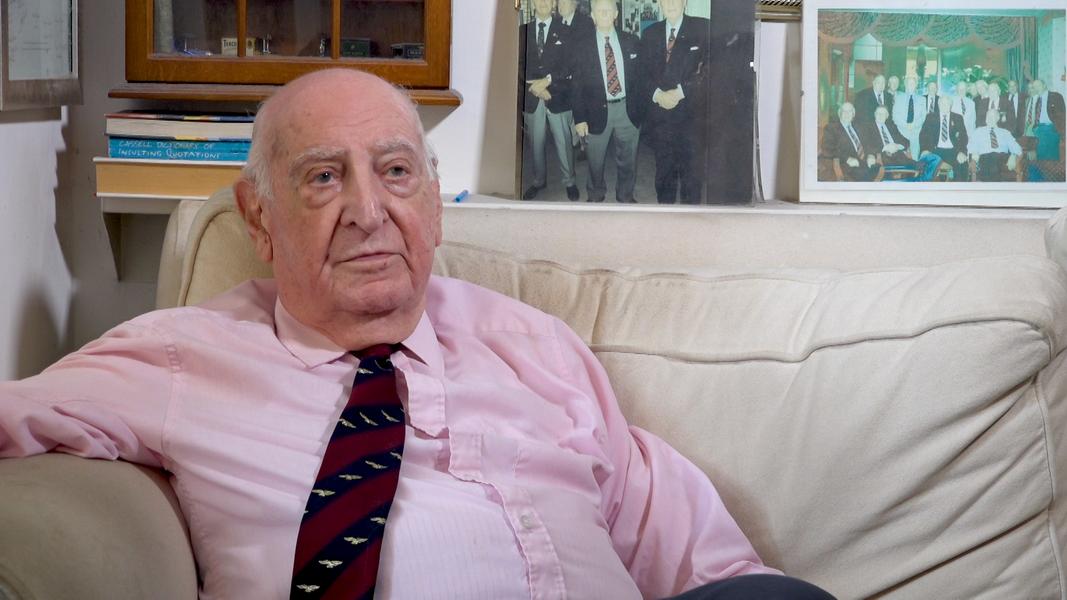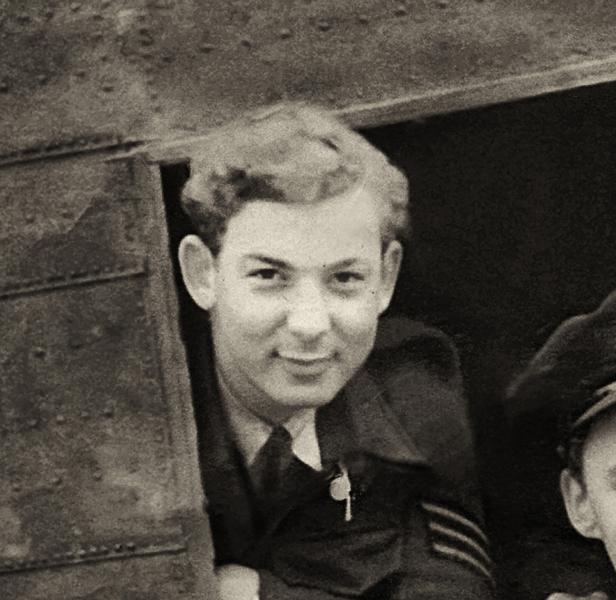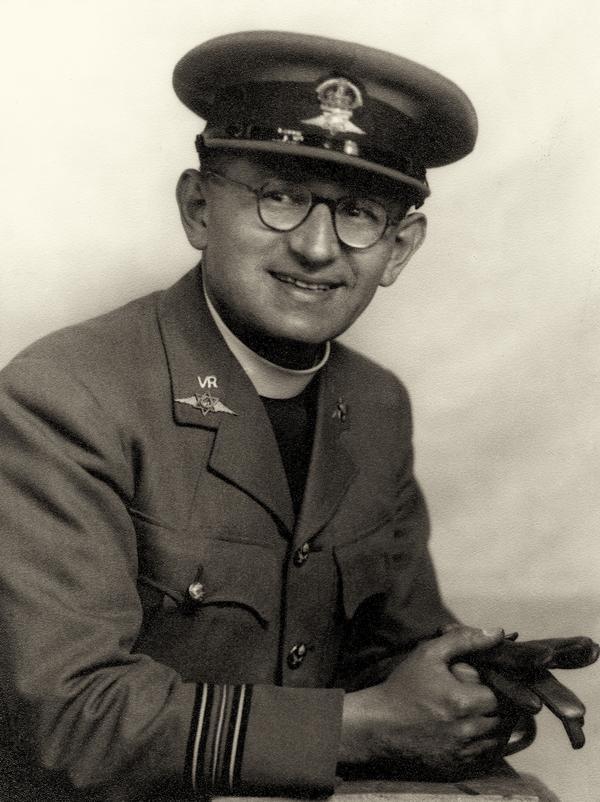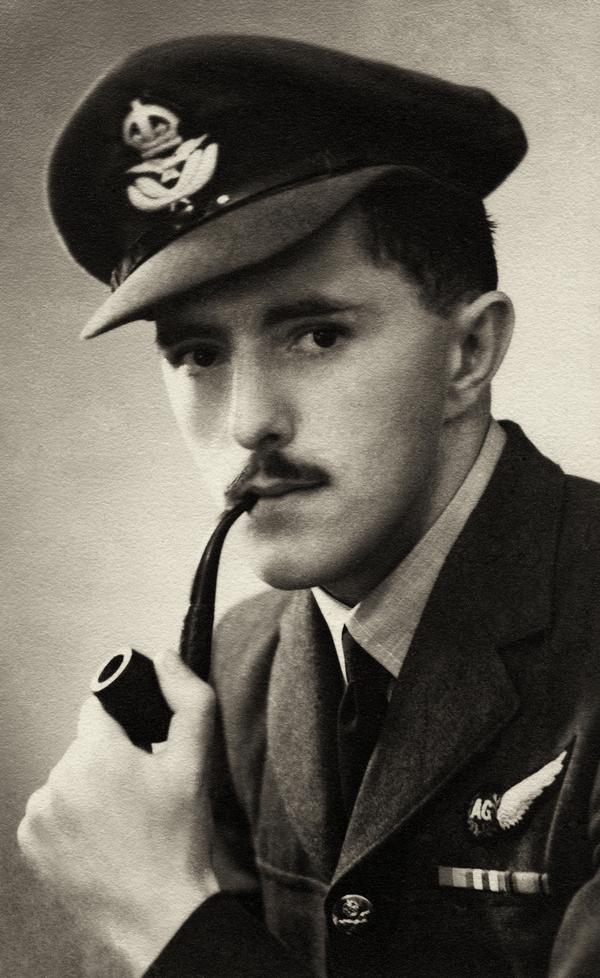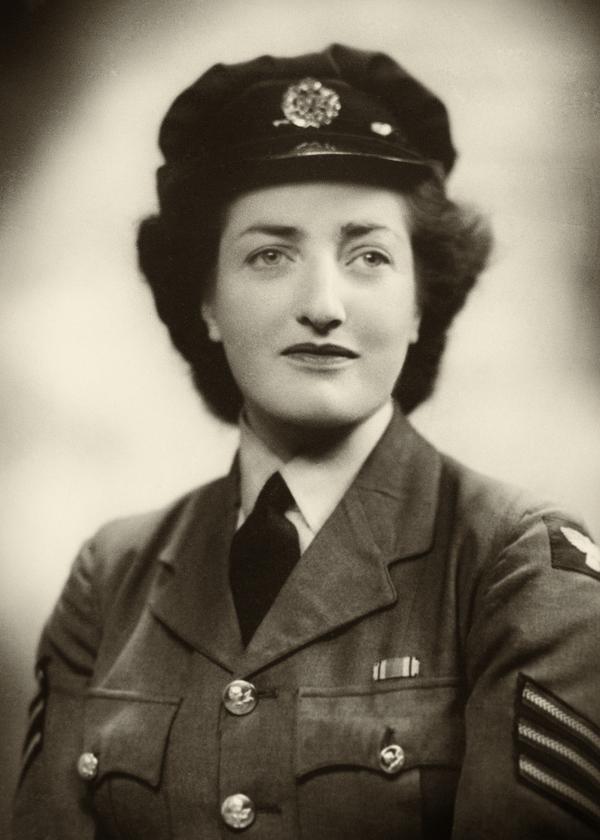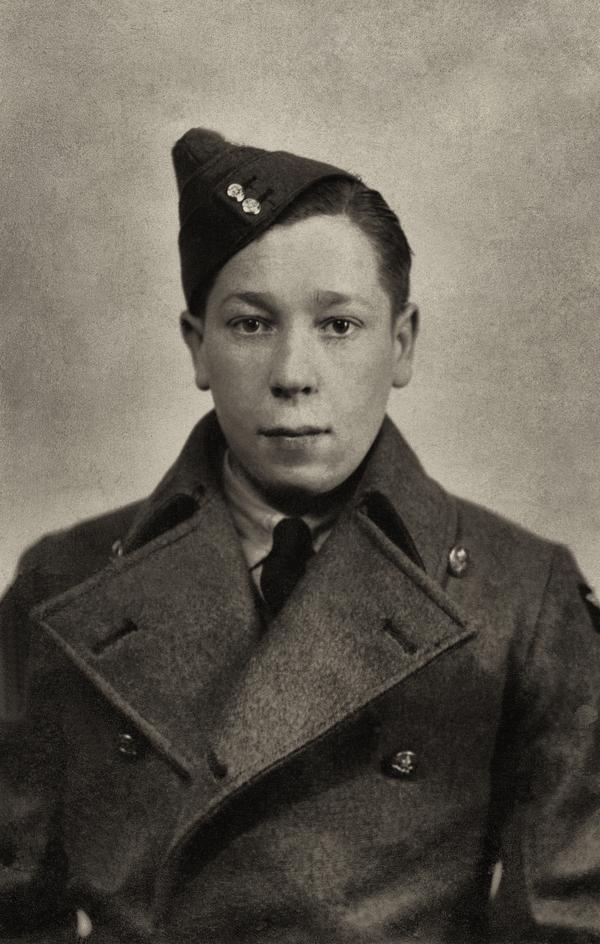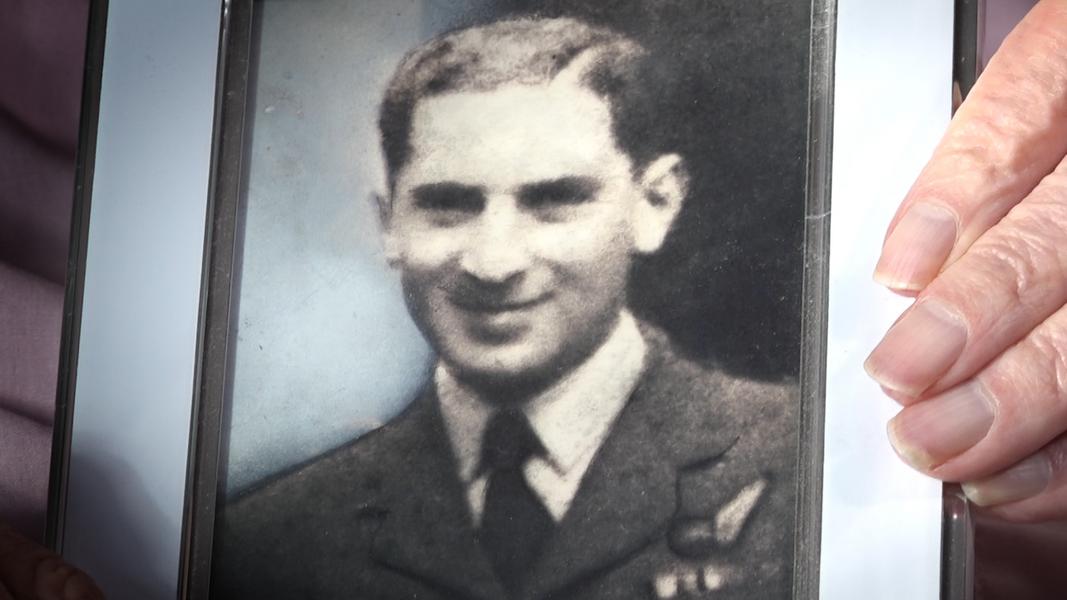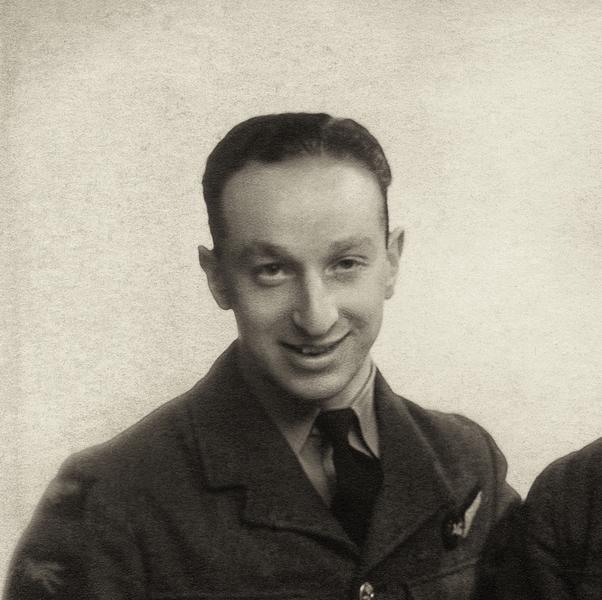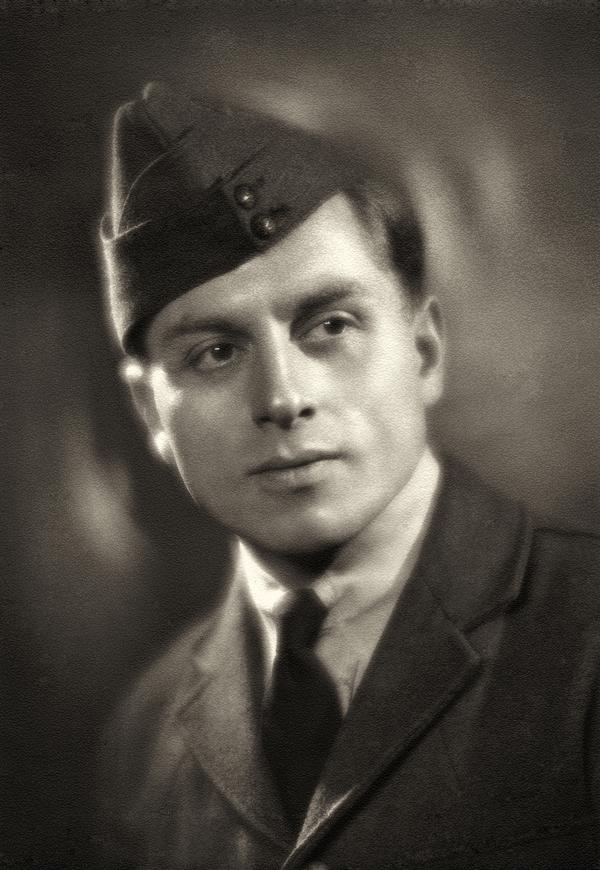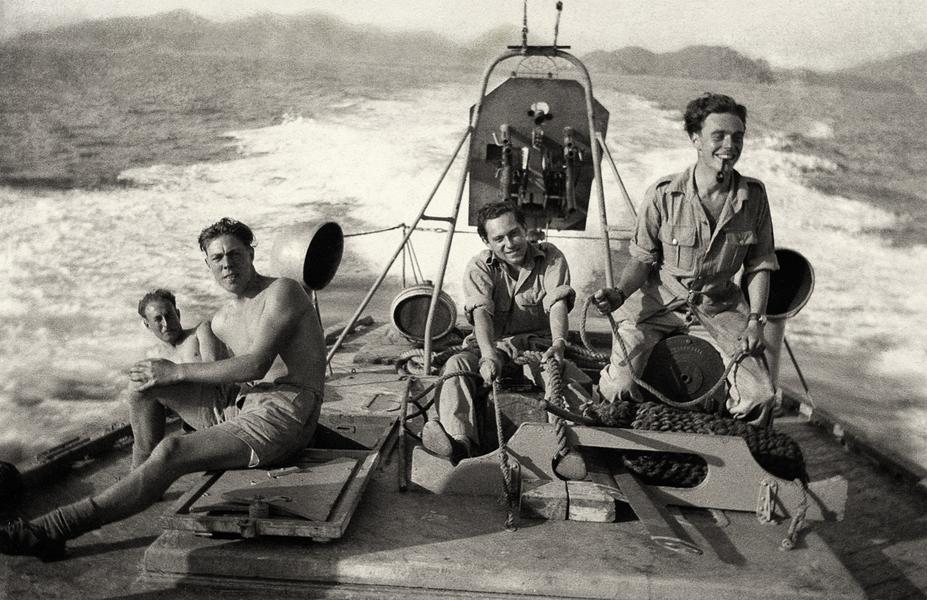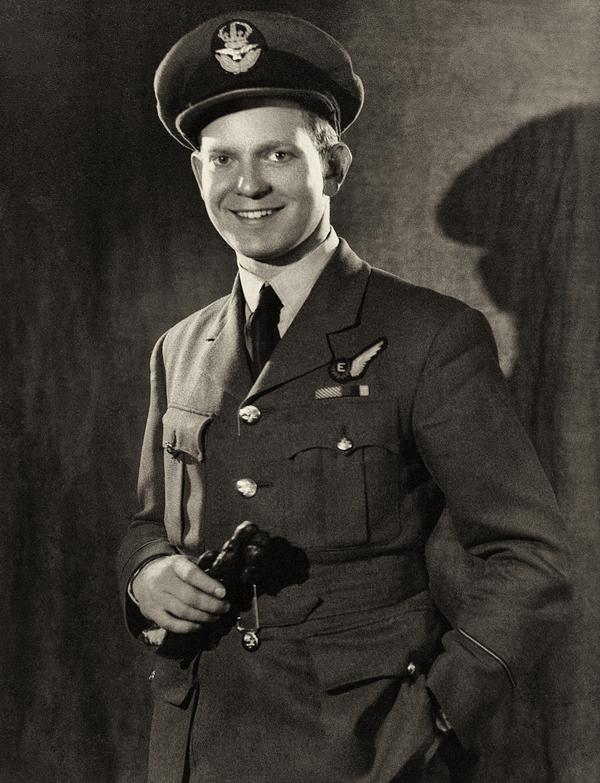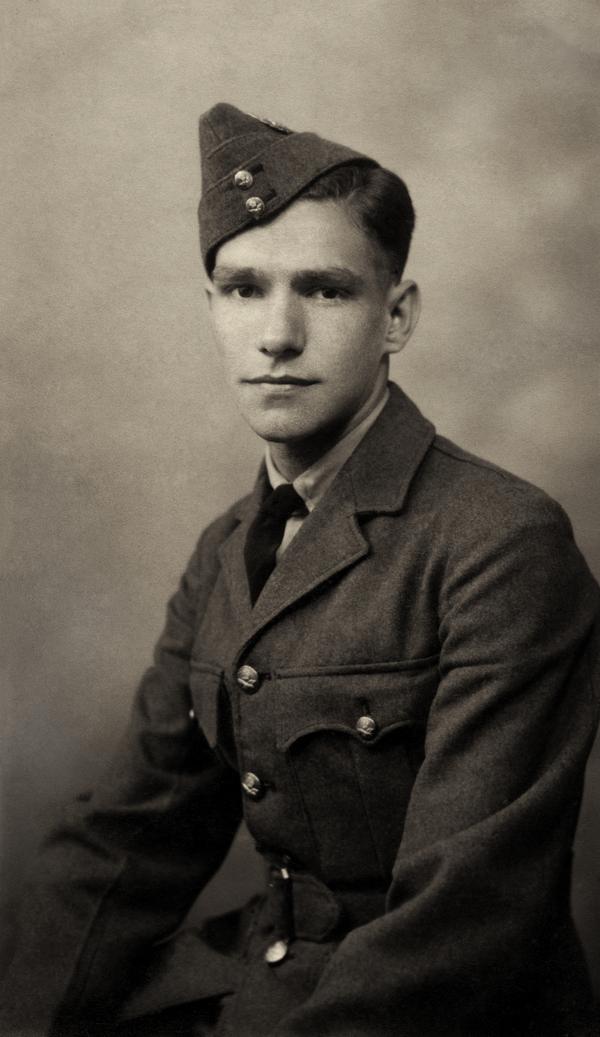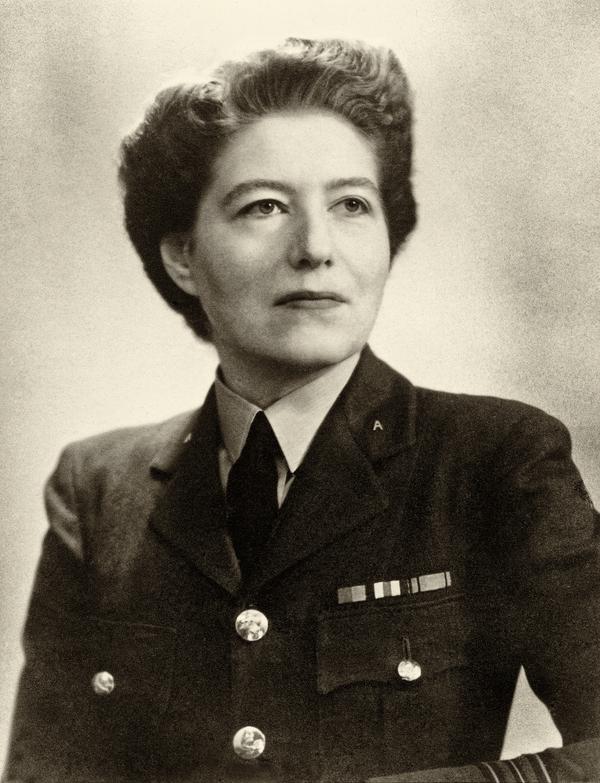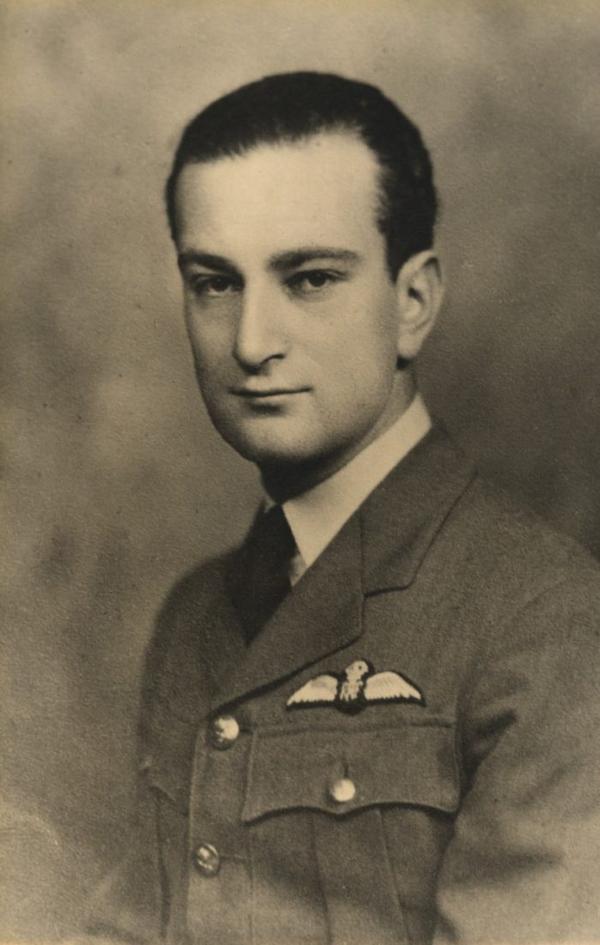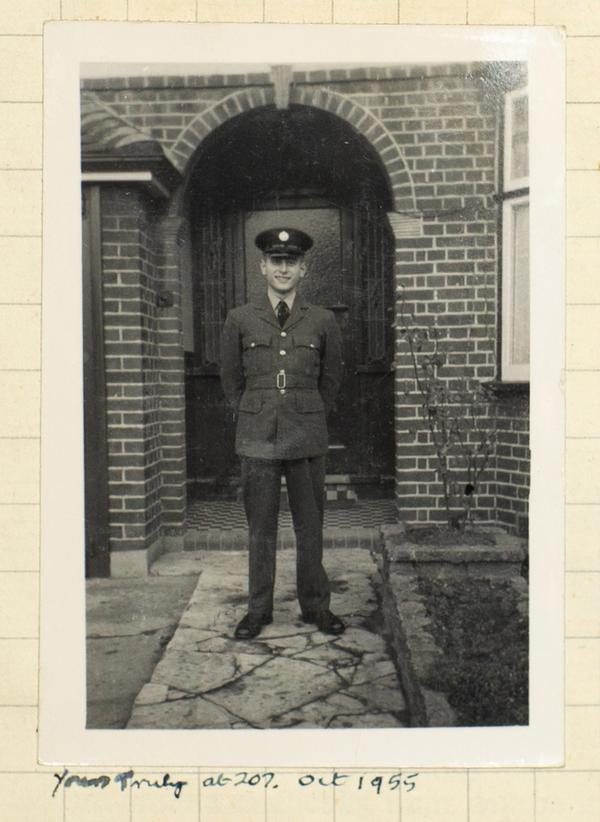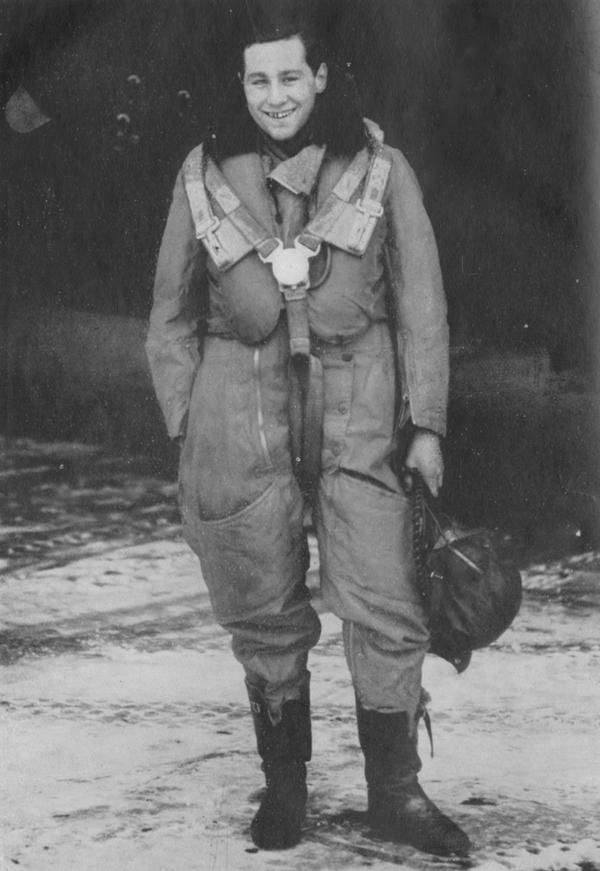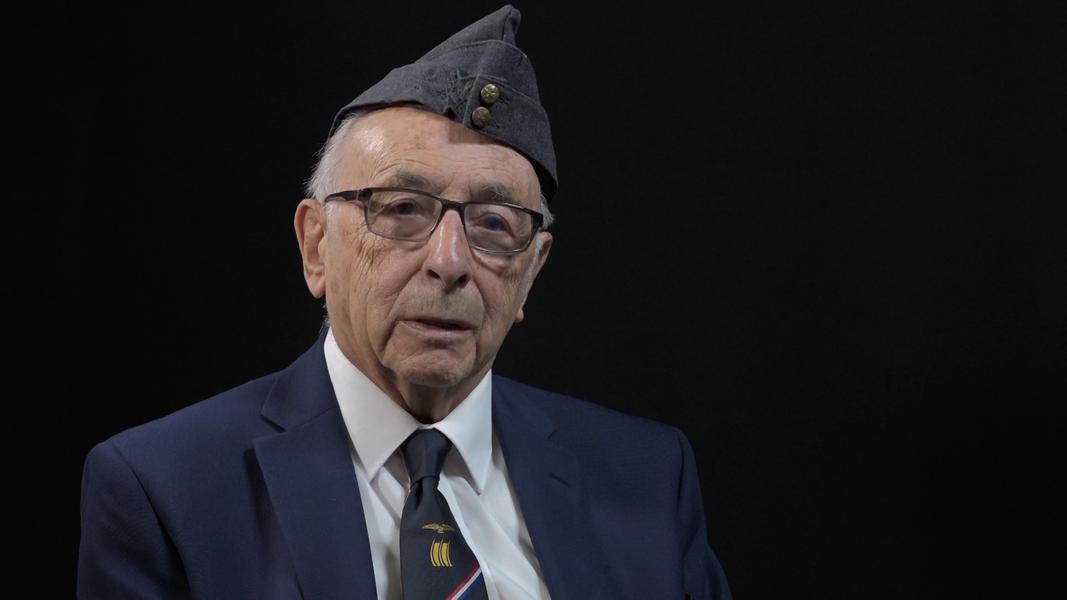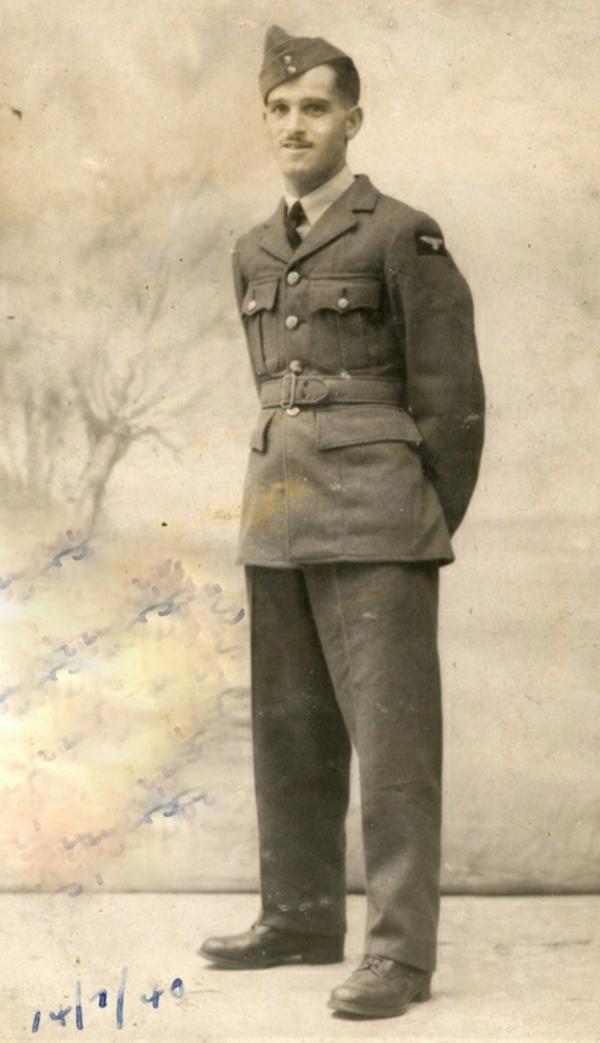Muriel Byck was a daughter of Russian Jews
who had moved around Europe during her early years.
Muriel spent time first in Germany, and then in France,
before moving back to London when she was 12.
This truly European background,
made Muriel an ideal candidate
for the Wartime Special Operations Executive.
She'd spent the early part of the war,
like so many others across Britain,
volunteering for a range of organizations.
She worked for the Women's Voluntary Service, the Red Cross
and she served as an ARP Warden in Torquay.
She joined the Women's Auxiliary Air Force
at the end of 1942.
From there, she was recruited into the SOE.
Muriel parachuted into France
on the night of 8th of April, 1944.
She took with her a brand new leather powder compact
that she'd just been given by her fiance,
a French agent she'd met while training.
But she made sure to rub the leather
with ammonia before jumping.
Newly made items like this
simply weren't available in France.
If it hadn't looked old, it would have given her away.
Muriel now had the name Michele Bernier
and three different sets of identity papers,
each with her hair arranged differently.
She was particularly young looking
and if she needed to age herself,
she'd been told how to do this
using a pencil under her eyes.
On landing safely, she was met and taken
to Salbris, south of Orleans,
where she met up with a resistance leader,
a man named de Vomecourt,
who took her straight to a restaurant
where they ate a meal surrounded by Germans.
The idea was to get her used to being around the enemy
before wasting any time.
Muriel's job was to operate a wireless
in the region around Orleans and Blois, south of Paris
for a local resistance leader.
It was a difficult and dangerous job.
It involved maintaining a link with London,
without this link, the local resistance couldn't function,
but it meant tapping out morse messages
for long periods of time using transmitters and aerials
that had to be concealed and disguised,
and then waiting for a signal in reply.
All the while, the enemy would be searching,
attempting to locate suspect signals.
Muriel had four wireless sets in different locations
and she was careful never to use
the same set twice in a row.
So she spent a lot of her time in the open,
cycling from one location to another.
And on one occasion while she was transmitting to London
from a junkyard shed, she happened to notice
what seemed to be an eye looking at her
through the key hole in the door.
She moved towards the door just in time
to see a German soldier slipping out of the yard.
Scared, but without missing a beat,
Muriel packed up her equipment,
threw dirt around the shed and got out.
She was quickly sent away by car
just shortly before 40 German soldiers arrived at the shed.
The Germans searched and they found nothing.
The curious soldier who'd poked his nose into the keyhole
supposedly received 10 days detention.
in early May, Muriel received a message from London
that a German ammunition dump at Michenon would be hit.
The raid was duly carried out with great success
but Muriel was badly shaken by the explosions.
After this, she became tired and restless.
It was apparently caused by shock,
but when her condition started to worsen,
a friendly doctor was called.
The doctor diagnosed meningitis
and it was clear she needed immediate hospital treatment.
Now this was a huge risk in the circumstances,
but leaving her untreated was a bigger risk.
So de Vomecourt took her to the local hospital
where he said that he was her uncle,
and that they were refugees from Paris.
Muriel was operated on, but she died on the 23rd of May.
In fact, she had had meningitis as a child
and recurrence was always a possibility,
but she had never mentioned this to the SOE.
She hadn't wanted to compromise her chances
of fighting the Nazis in this supremely dangerous role.
Muriel was given a funeral,
but it had to be small and secret
so as not to attract German attention.
She is now buried at Pornic War Cemetery
south of Saint-Nazaire,
where her inscription reads.
Here rests in peace Muriel Tamara Byck,
our only child and beloved daughter.
